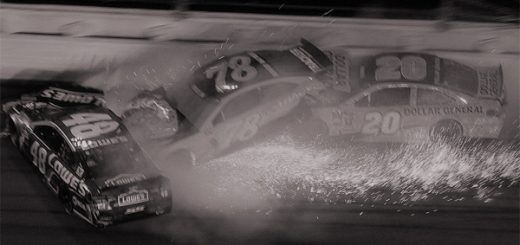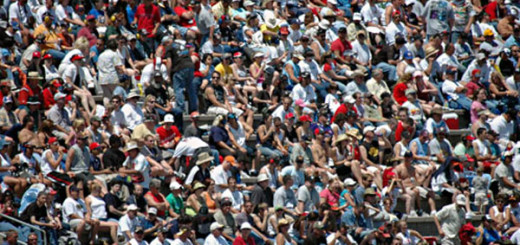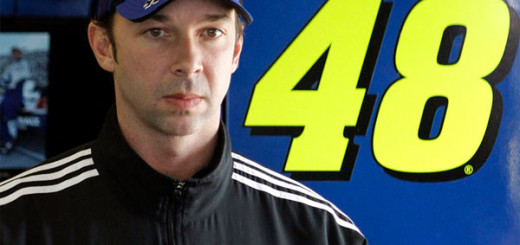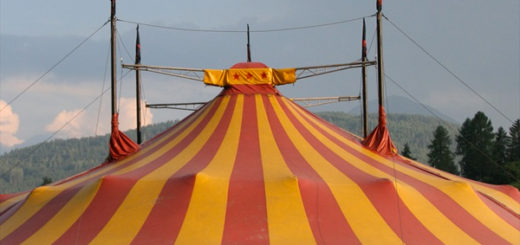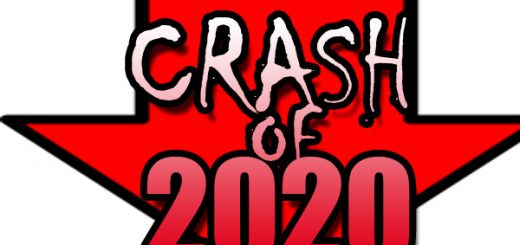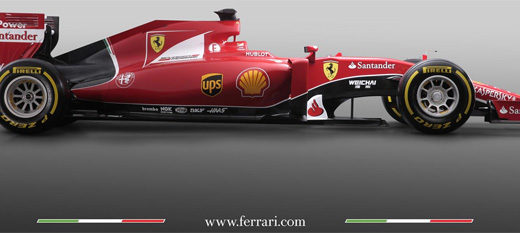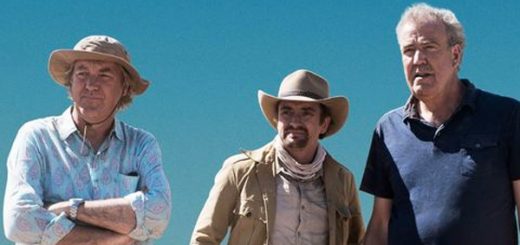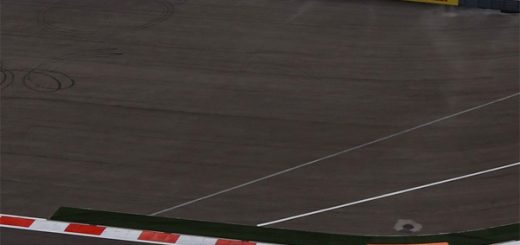NASCAR Tries To Avoid Crash And Burn By Shedding Seats
A couple of years back, with Speed TV still had a decent chat board on their site, I was discussing with the locals how all those empty seats and covered up grandstands were bad for business. The more ardent (and aggressive) pro-NASCAR types got really irked at me, saying that the stands would re-fill and it would be a horrible investment to just remove seats. They said no way would any track owner ever do that.
The original issue was with Bristol Speedway, a track that during the NASCAR boom from the 80s to 2000 or so added and added and added seats until their little speedway had 160,000 seats – always sold out for 50+ events in a row. Then the cap hit the fan, the attendance dropped, and while they have continued to announce big attendance numbers, nobody can deny that the place has looked half empty, especially for Spring Races. Not selling out at this track was perhaps the start of a bigger problem for NASCAR.
Well, fast forward a couple of years. NASCAR’s track ownership company, International Speedway Corp, has been facing a huge problem, one that almost any company owner can understand: excess inventory. With NASCAR’s top series not pulling in the fans like it use to, with the tough economic times, and the simple fact that NASCAR oval track racing is just wildly over exposed and sort of worn out, they are facing the problem of always having plenty of empty seats at every event. At Daytona Speedway, one of their crown jewels, they don’t even use huge sections of grandstands for the July races, and even then, they don’t sell out the remaining seating. At it’s peak, Daytona had 167,785 capacity, and sold it would without a blink.
Today, well… with 147,000 they can’t sell out, and their plan in the next couple of years is to turn that capacity down to 101,000 – more than a 33% drop in available seats. This will be accomolished by removing the back stretch grandstands entirely, and by redo the main grandstands to have wider seats, to have more fan zones in the middle of the seating areas, and generally to just get rid of chairs. Their goal is basically to shrink the seating capacity down to be someone below demand, so that they can sell out and maintain higher ticket prices.
They are looking to review the seating at all of the tracks that they own (they own more than a dozen tracks used by the series). They call the glut of inventory a “quagmire”, and they are really facing huge downward pressure on ticket prices, and also becoming way more sensitive to weather. Many of the tracks are now depending on race day ticket sales, people deciding it’s a nice day and coming to the track knowing there are a ton of tickets available, which means on a cloudy or cool day, attendance is even further depressed.
It should come as no surprise that for 2013, NASCAR is no longer announcing official attendance numbers for their events. On one side, this means they don’t have to put up numbers that are laughably bad (estimates at Bristol, half full a year or so ago showed 85-90% attendance, which just wasn’t supported by the view at the track), and in another side it means that publicly traded ISC and Speedway Motorsports don’t risk getting in trouble with investors over any attendance inflation that might exist.
Going forward, NASCAR continues to have to fight against their having just too much product for too few fans, attendance for their lower tier series are generally so poor as to be something that is never discussed, with only a few (normally stand alone) events doing any good. Playing in front of empty grandstands is never good thing, and sponsors realize this. The number of unsponsored cars in NASCAR, especially in the lower series, is pretty sad. Considering what the sport was only a few years ago, it appears that the crashing and burning isn’t over yet for NASCAR.



